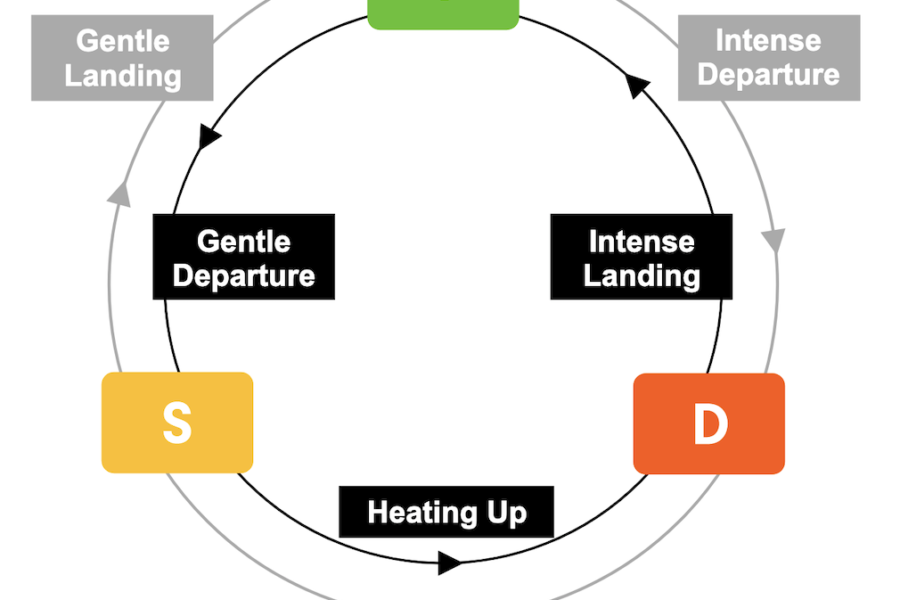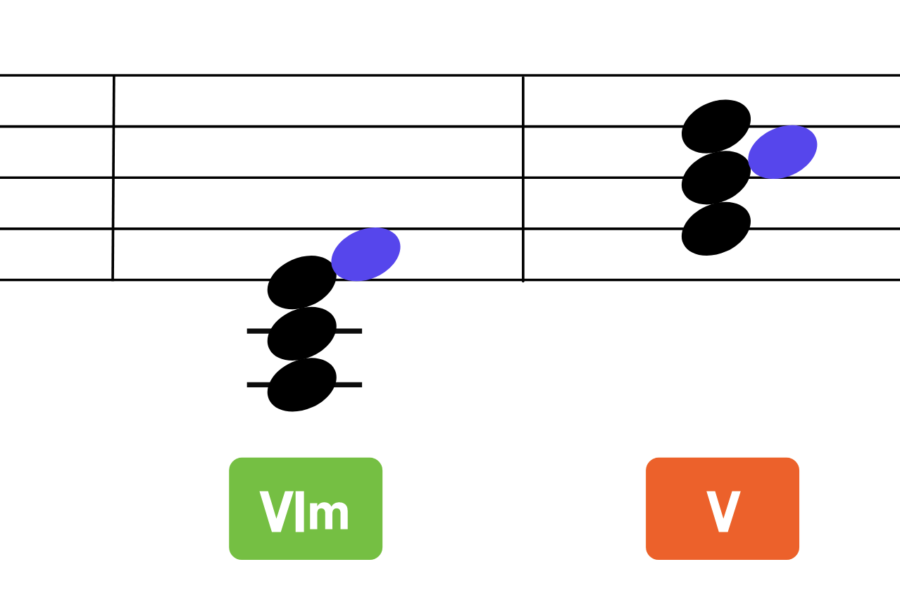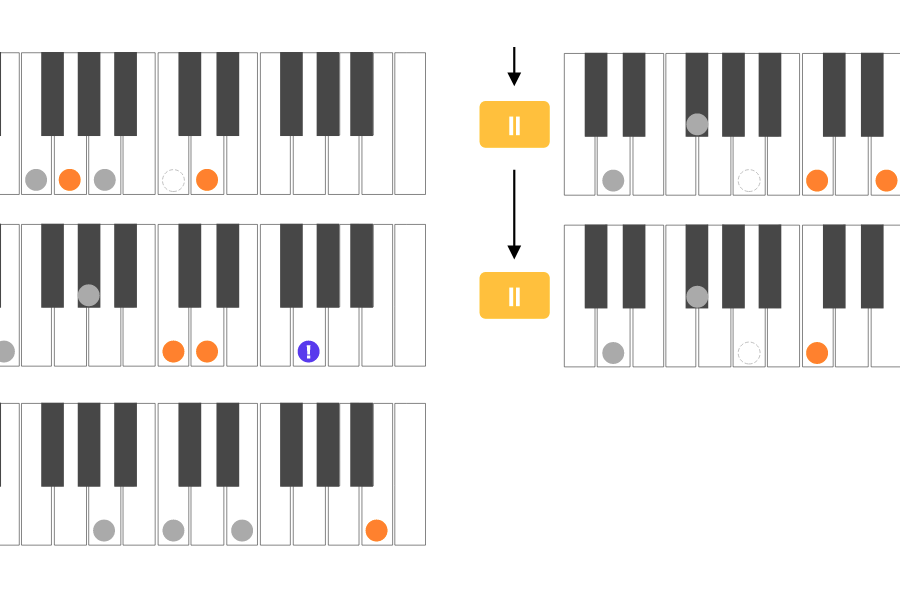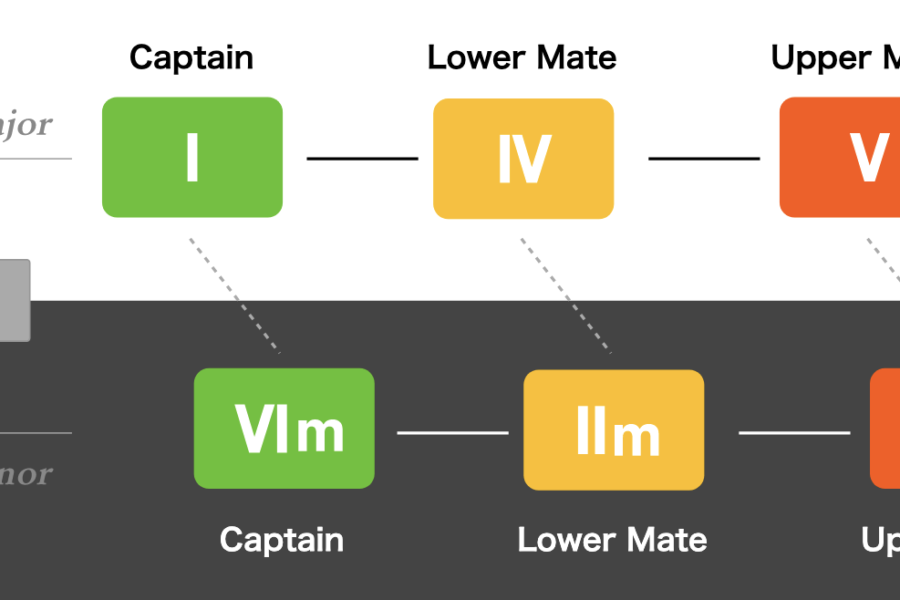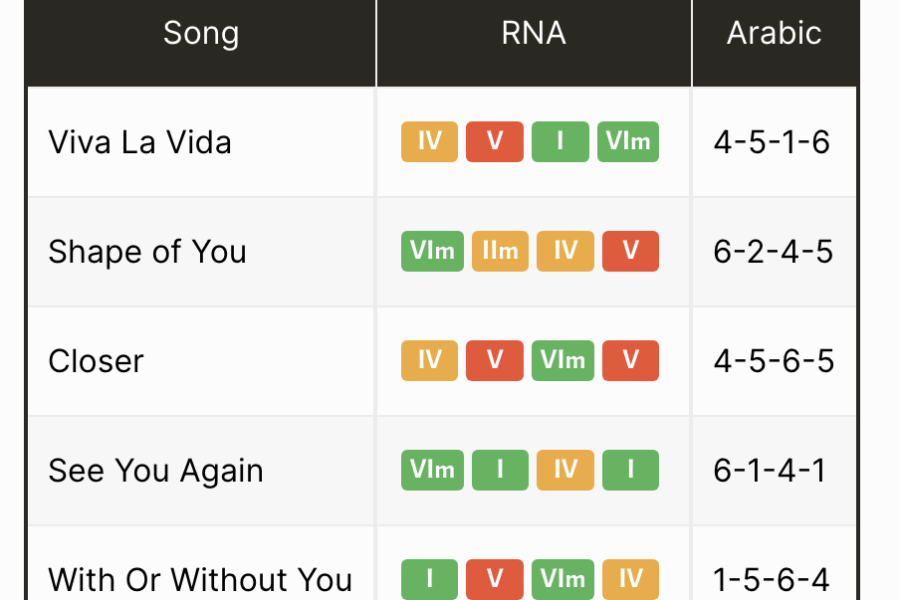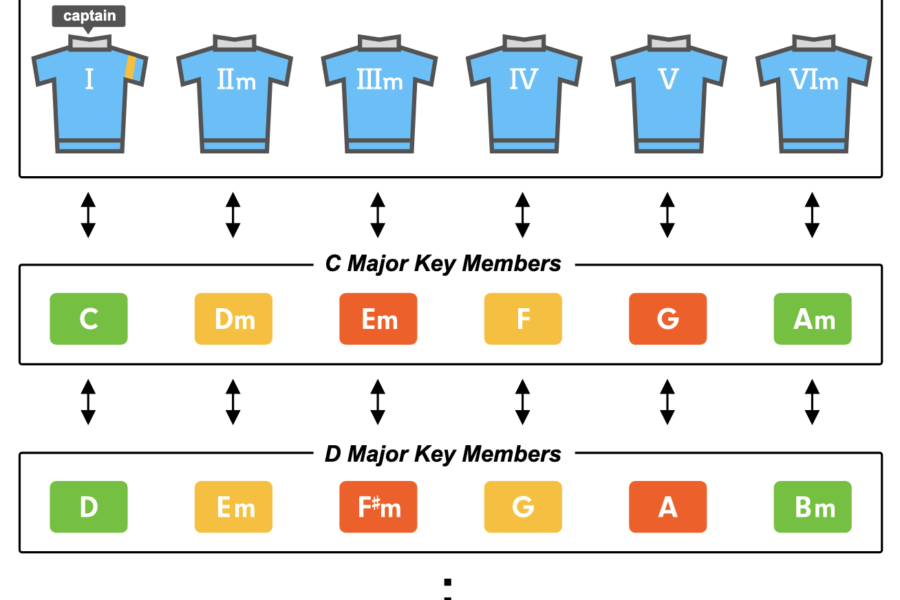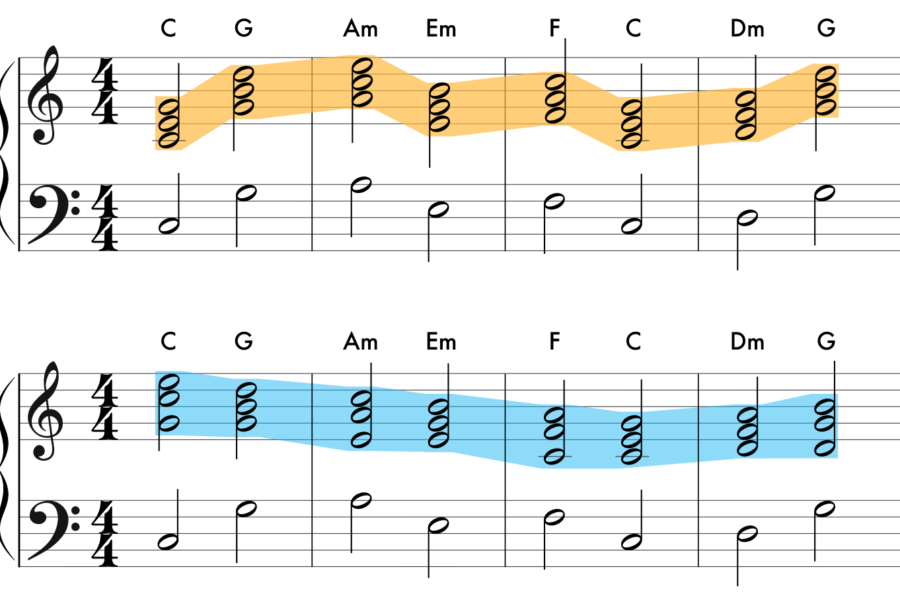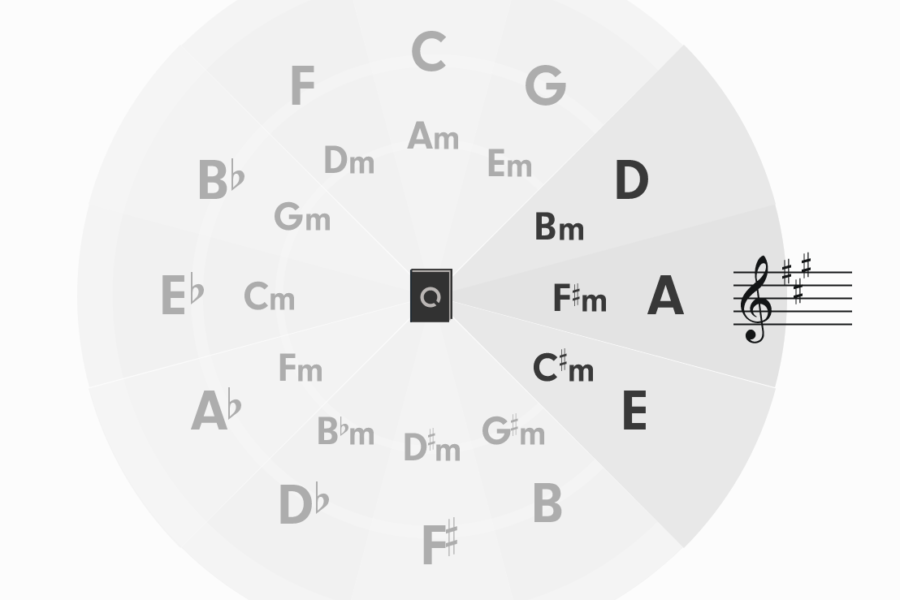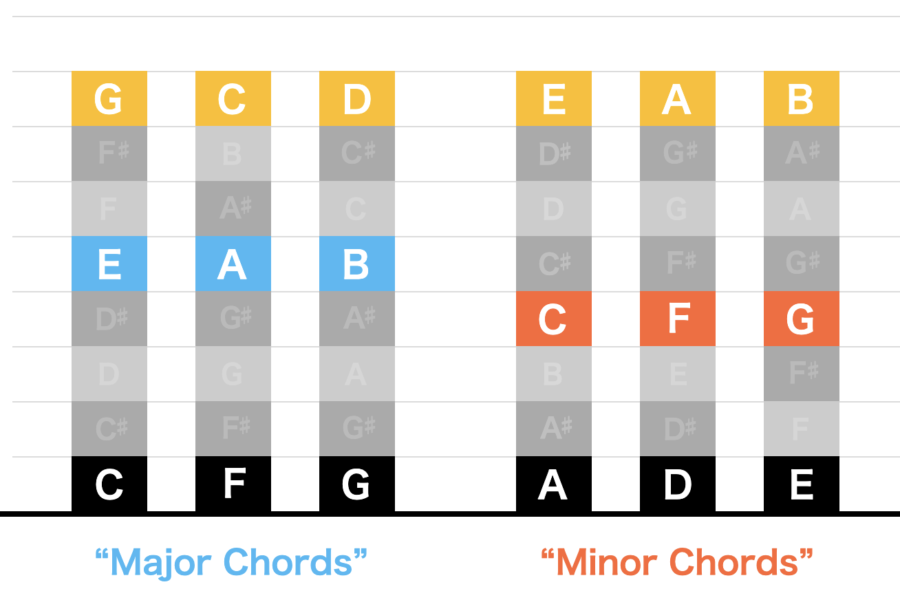1. Resolution In the article "" 、The role of prime chords are categorized into three, namely, . Prograding or retrograding this functional "orbit" creates various stories of chord progressions. Above all, when to reach is a very important factor. In music theory, releasing musical tension (e.g. an unstable chord progresses to a stable chord, a dissonant sound becomes consonant) is…
yutaApril 13, 2025
